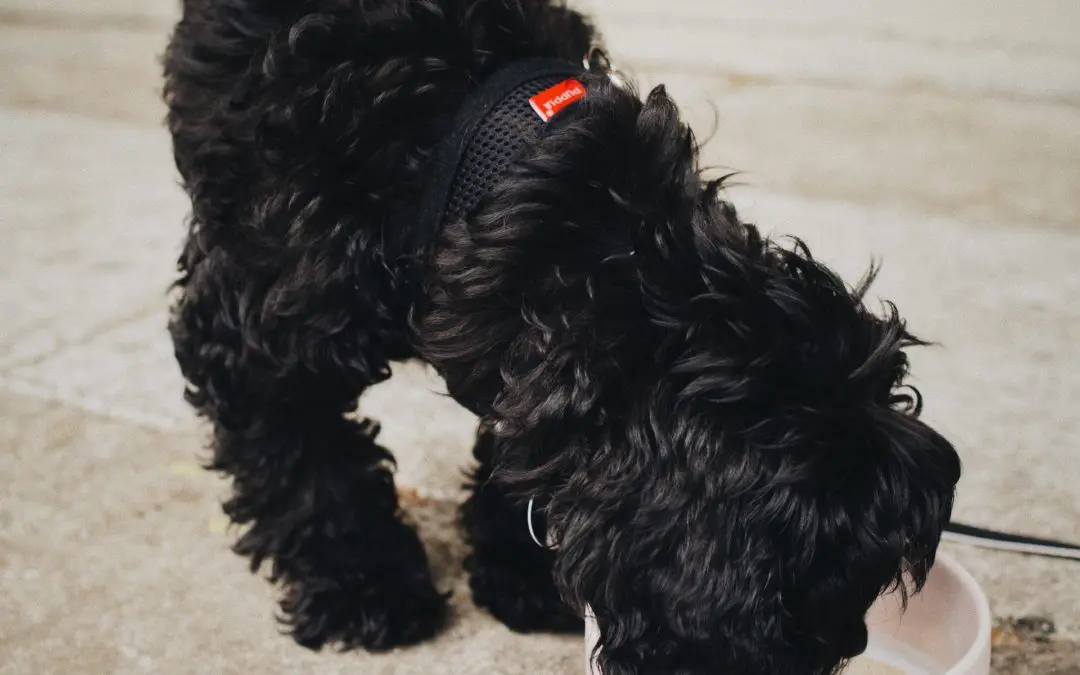Most people don’t wash their pet’s dishes every day. By neglecting this important chore, they could be putting their pet’s health (and their own) at risk. A recent study conducted by North Carolina State University tells us that we are growing all sorts of harmful things when we don’t wash pet dishes regularly. The safe handling of your pet’s dishes and food should be a top priority.
Why Should You Wash Pet Dishes?
Has your pet seemed off? Maybe they are not eating as much as they used to, or perhaps they have some new, off-putting bathroom habits. If so, it might be that they have a bacterial infection.
Bacteria grows wherever it can, including your pet’s favorite dish. Looking at the pet dishes of over 400 dogs, researchers at North Carolina State University, found high levels of bacteria, including E. coli. Not only that, but out of 32 household objects tested for high bacterial growth, a pet dish was number 9—gross!
The improper handling of pet dishes could pose risks not only to pets, but their humans as well. Those with compromised immune systems are especially at risk. When you feed your pets, you’re making contact with the pet food, the dish, and your pet. This creates many chances for contaminants to move from one place to another.
Five Ways Your Pet Might Be Telling You They Are Sick
- Lethargy—they are unable or unwilling to play
- Not eating—they refuse meals or their favorite treats
- Vomiting or retching
- Diarrhea or constipation
- It seems like they are physically in pain
A pet getting sick can be scary, especially if the illness requires hospitalization or emergency care. It can also get costly, one reason that the vets at East Valley Animal Hospital always recommend pet health insurance. Although the risk of hospitalization for a food-related illness is low, it is still a preventable possibility.
How Can You Prevent Pet Food Contamination?
The FDA has recommended some guidelines for the proper handling and storage of pet food. Do not fret if you were unaware of how to handle your pet’s food and dishes—so were nearly 95% of the participants of the study. Even following a few of the FDA’s guidelines led to significant decreases in the bacterial buildup inside pet dishes, keeping them, and you, safer.
If Feeding Dry Kibble
- Wash your pet’s dish and the tools used to measure food several times a week with warm, soapy water.
- Wash your hands before and after handling your pet’s food.
- Ensure that you are storing your pet’s food and treats according to the directions, and away from pests like mice and flies.
If Feeding Wet or Raw Foods
- Wash your pet’s dishes and any tools used in preparation after every meal.
- Wash your hands before and after feeding.
- Keep all foods stored at the proper temperature, and never feed your pet any spoiled food.
If you are feeling the need to go the extra mile, by all means, follow the health and safety protocols for human food handling and preparation. In fact, if you are feeding your pet wet or raw foods, taking stricter measures is recommended to reduce the growth of harmful bacteria.
Moving Forward
Now that you know how important it is to take these steps (for their sake and yours), you’ll be better able to keep your pets safe and healthy. Starting a few new cleaning habits could help keep your pets from needing emergency care, and will help them to always feel their best.
We want your pet to stay as healthy and happy as possible! If you have questions about pet food handling and storage, ask us at your next wellness exam. Or, if you think that your pet might be sick or in pain, contact East Valley Animal Hospital right away to set up an urgent appointment.
Images used under creative commons license – commercial use (7/13/2022). Photo by Billy Pasco on Unsplash

